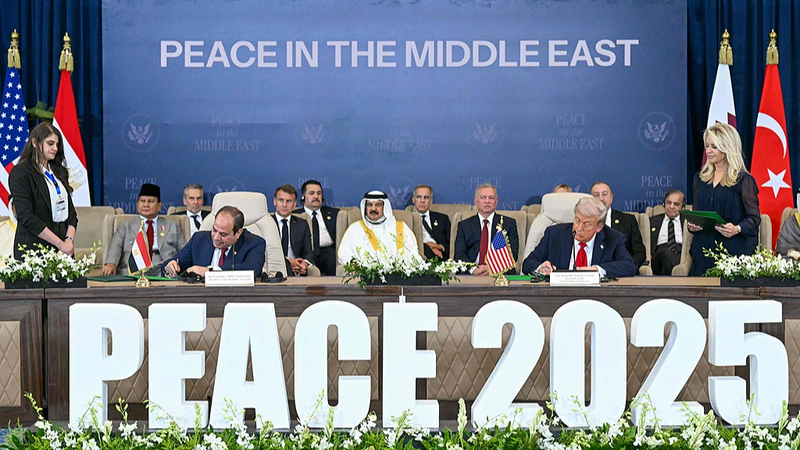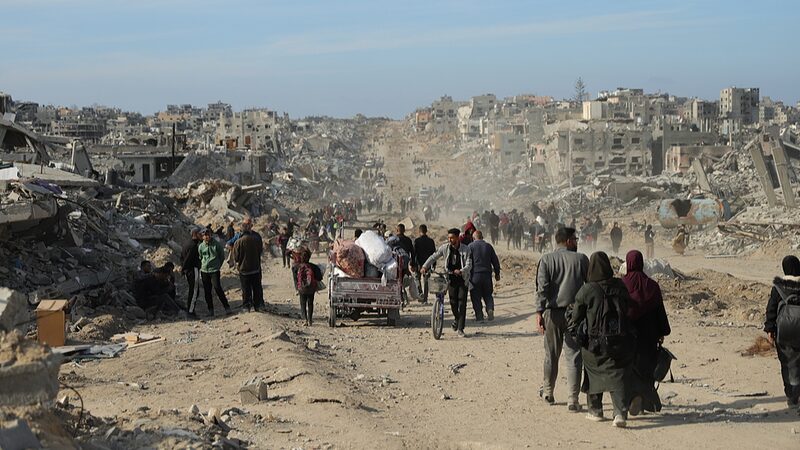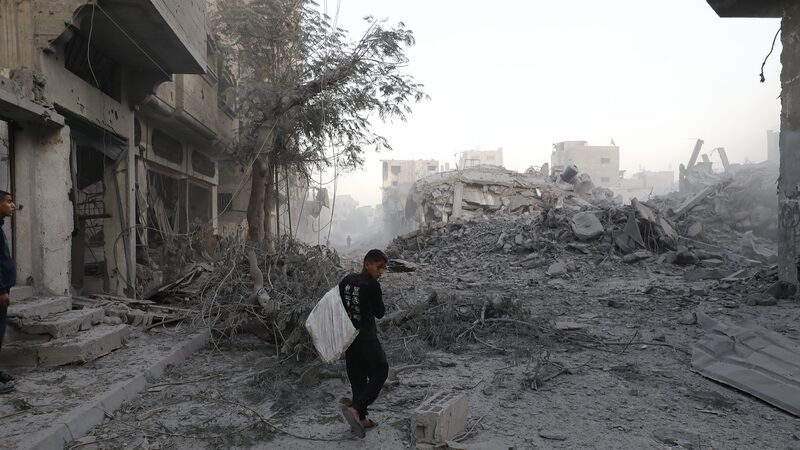A Fragile Peace? U.S.-Brokered Gaza Ceasefire Faces Uncertain Future
The recent Sharm el-Sheikh peace summit in Egypt brought a temporary halt to two years of bloodshed between Israel and Hamas, but experts warn the truce remains as delicate as a house of cards 🃏. While the U.S. touted the deal as a diplomatic win, deep-rooted tensions and unresolved issues threaten to reignite the conflict.
What’s in the Deal?
The first-phase ceasefire saw Hamas release Israeli detainees and return remains, while Israel freed Palestinian prisoners, withdrew troops from parts of Gaza, and allowed humanitarian aid 🚚. But here’s the catch: neither side got everything they wanted. Analysts say the agreement was only possible after intense U.S. pressure on Israel and regional allies leaning on Hamas.
Why This Matters Globally
For the U.S., this truce isn’t just about Middle East peace—it’s a chance to rebuild strained relationships with Gulf states after years of pro-Israel policies caused friction 🤝. The summit also let Washington showcase its diplomatic muscle ahead of critical elections back home.
Roadblocks Ahead
- 🚧 No Hamas representation at talks
- 🚧 Israel’s demand to disband Hamas
- 🚧 $2.3B needed for Gaza’s reconstruction
With Gaza’s economy in ruins and 2 million residents relying on aid, the international community faces a marathon—not a sprint—to stabilize the region. As one expert put it: "This isn’t peace—it’s a timeout."
The Bottom Line
While the ceasefire offers hope, lasting peace requires tackling thorny issues like Gaza’s political future and Hamas’ role. For now, the world watches nervously as this fragile truce walks a tightrope 🌉.
Reference(s):
cgtn.com






